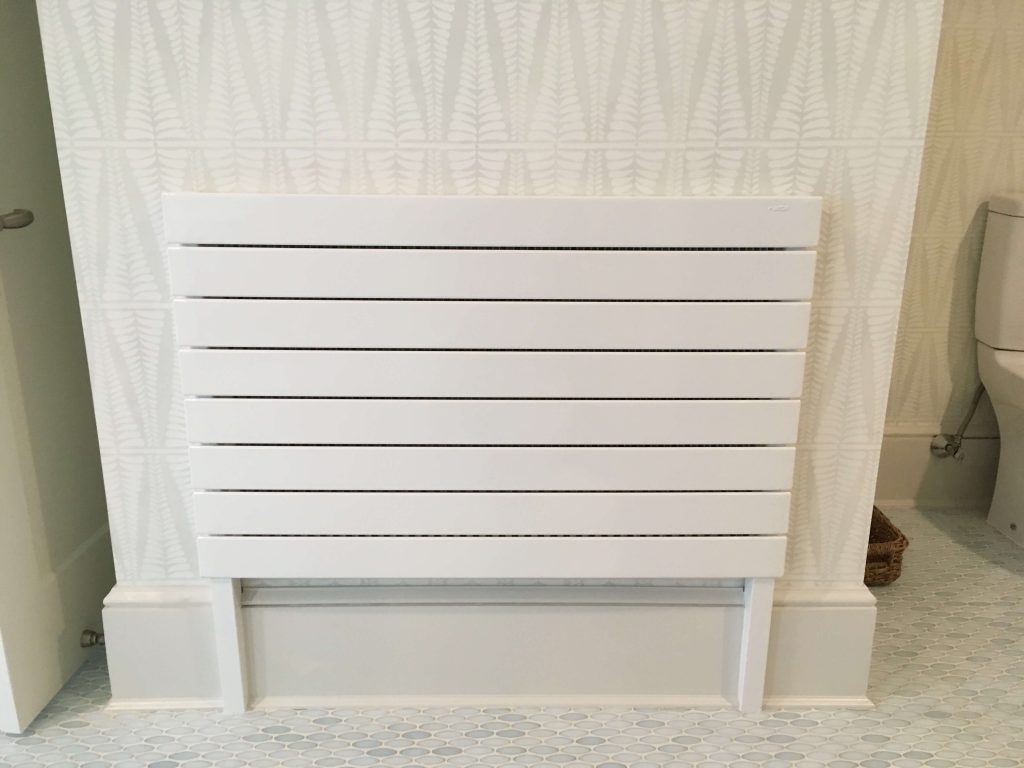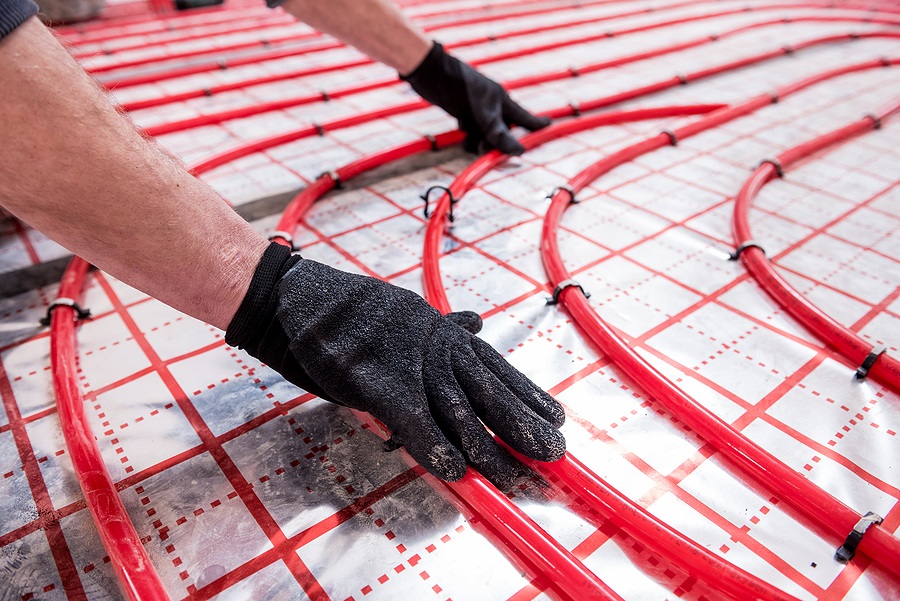Why Radiant Heat Might Be Your BEST Solution
The Case for Radiant Heat
Radiant heat technology has come a long way, making it a viable option for heating an entire home. Because it’s SO energy efficient, it has finally grabbed the attention of builders and homeowners alike. With the growing interest in greater sustainability in home building, and how much money radiant heating can save the average homeowner in heating costs – it’s definitely time to take a serious look at radiant heat as an option. It’s definitely not just for bathrooms anymore!
Radiant heating has actually been around for thousands of years, and widely used throughout Europe and Asia. We’ve been a little slow to embrace it here in the U.S., but people are beginning to realize it’s many advantages.
Here are some of the major benefits of radiant heat:
BIG Energy Savings
Who doesn’t want lower energy bills?! It’s energy efficiency has definitely factored into radiant heat’s growing popularity. It’s estimated that it saves the average homeowner around 30% in energy costs compared to forced air or electric baseboard heating systems. With a monthly savings that significant, the higher cost of installation can pay for itself quite fast!
Improved Comfort

Another huge draw to radiant heat is the vastly improved comfort level it provides. When heat is delivered from the floor, the caliber of the heating experience is superior and very different than traditional system. With heating systems that cycle on and off to deliver heat, you experience not only noise, but uncomfortable swings in temperature. One minute it’s warm, a little while later, it’s chilly. And on and on this variation goes. Very differently, radiant heat operates in total silence, and delivers a steady, “everywhere” warmth.
And speaking of comfort – be sure to consider installing a radiant heat towel rack in a new bathroom! Step out of the shower to a nice warm towel or wrap your child in warmth when they come out of the tub.

Easier to Retrofit than Other Heating Systems
Many homeowners balk at the idea of removing flooring to install radiant heating, but remember that all heating systems impact the basic infrastructure of a building. This makes all of them very difficult to retrofit into an existing home. Forced air requires major demolition to accommodate a network of ductwork to all living spaces, and forced air and electric require the installation of baseboards or radiators throughout the house. So if you are planning a remodel, it might be just as easy to install radiant heat, and you can reap these many benefits.
Doesn’t Change Interior Features
While, yes, you need to access the floor to install radiant heat, once there, it’s basically invisible. It will not impact your rooms with regards to décor arrangements or interior aesthetics. Once installed in the floor, it’s ready to heat. There are no unsightly air duct vents, space-intruding radiators, or dust-collecting baseboards to deal with.
Improved Indoor Air Quality
Since radiant heat isn’t blasting heated air, or circulating any heated air for that matter, into your home, it doesn’t worsen indoor air quality at all. Those used to dry home heating systems or poor indoor air quality exacerbated by ductwork will love this clean heat. Anyone with respiratory issues will appreciate that no additional allergens are brought into living spaces by their heating system.
